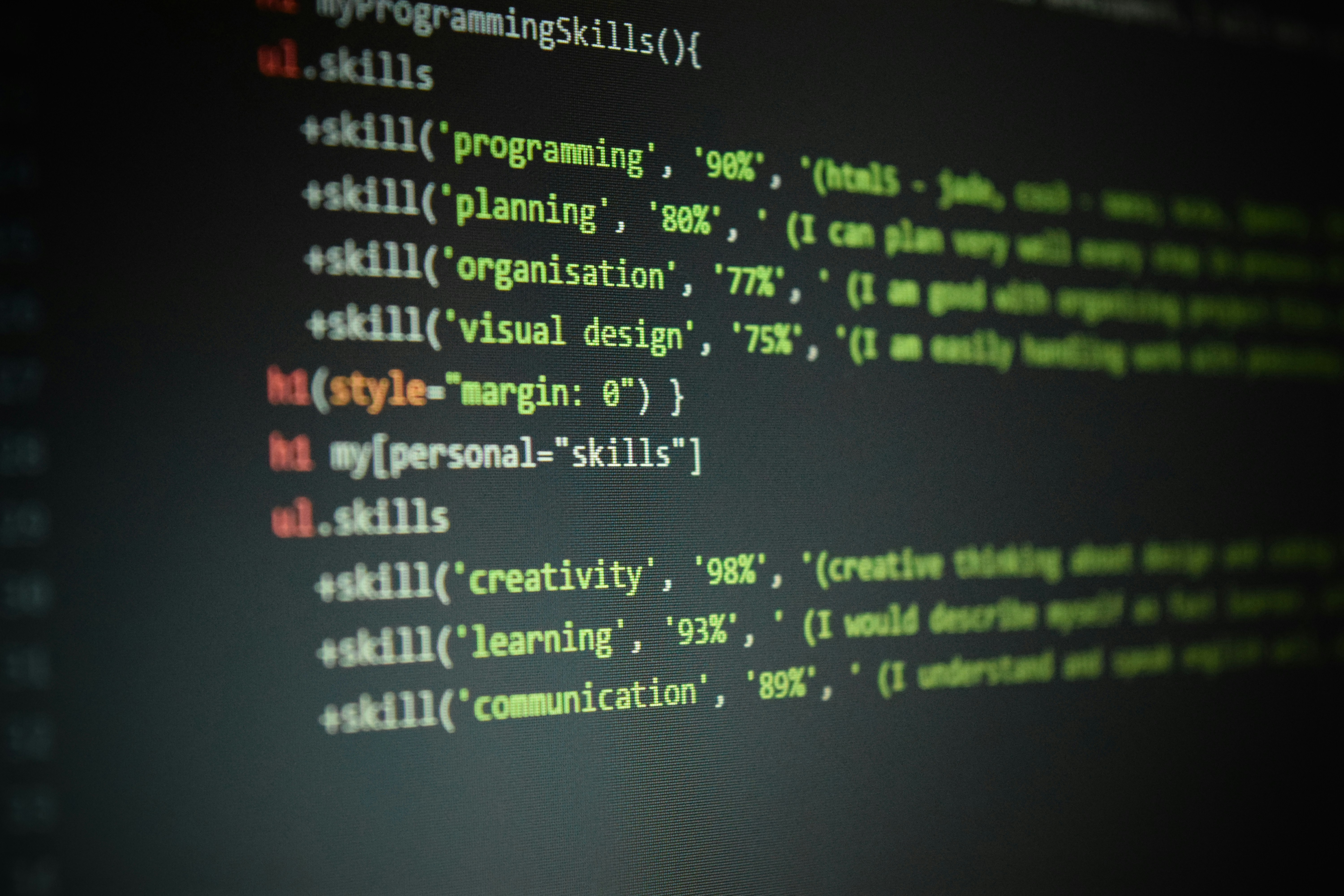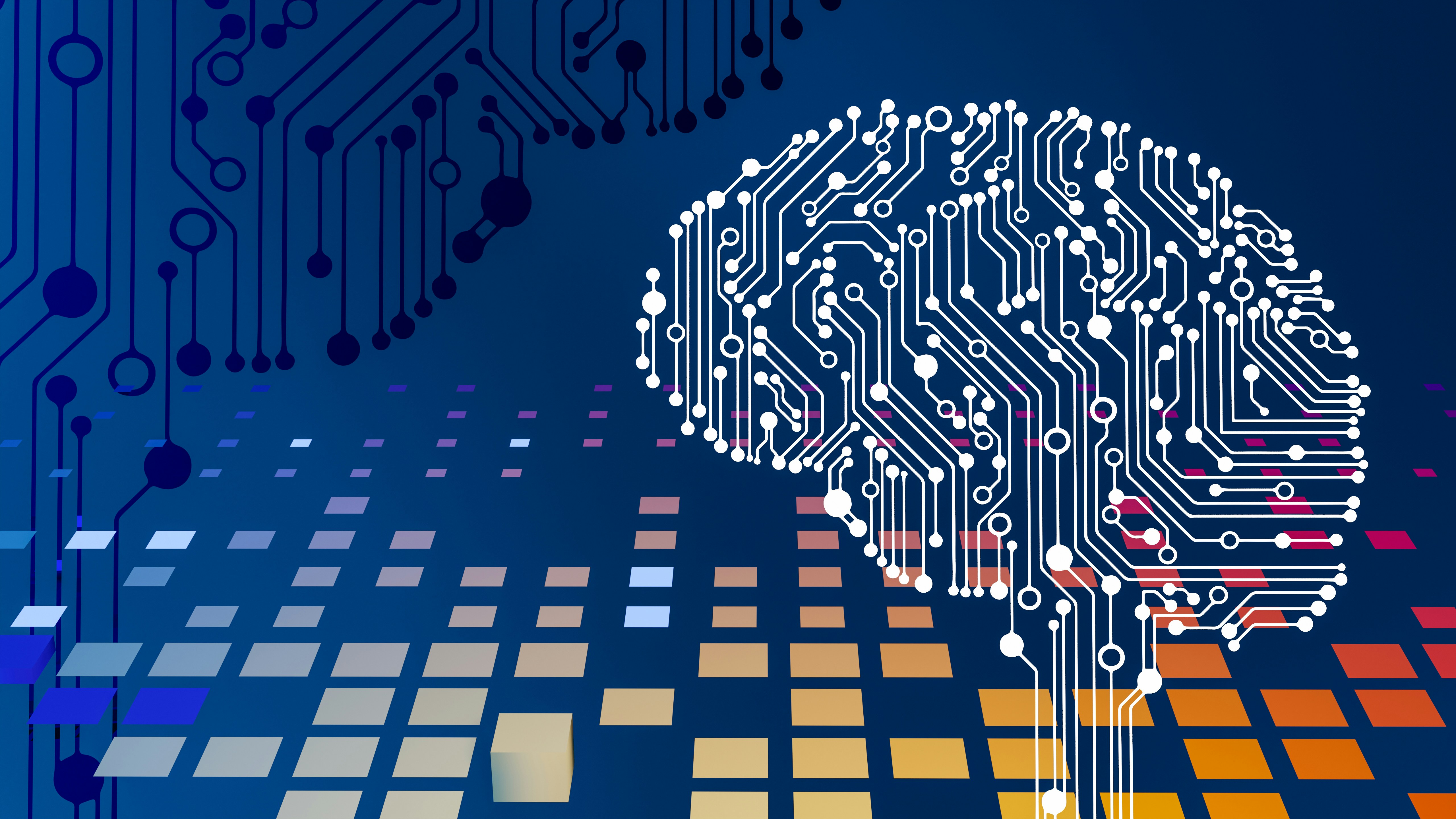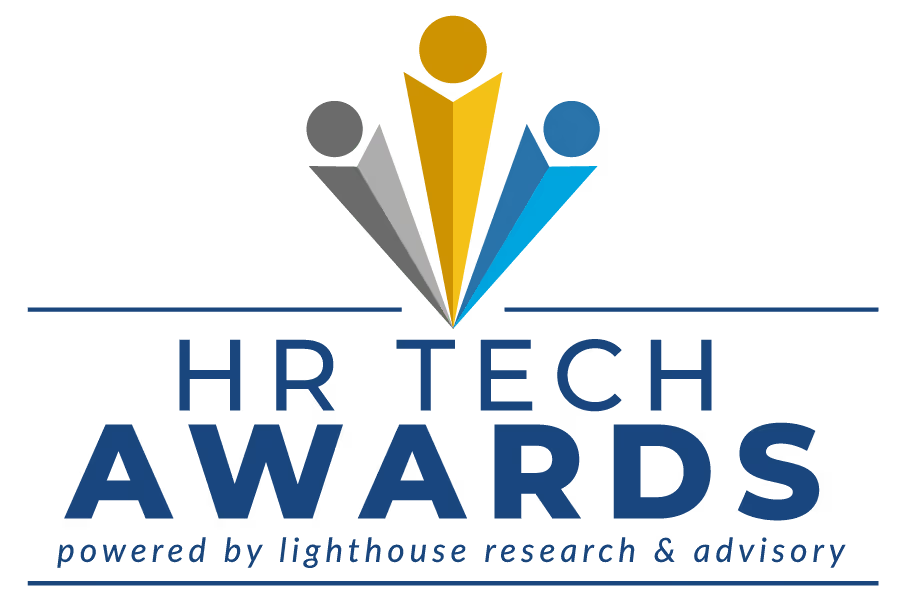
Updated: November 2024
Today it’s easy to apply for a job online, and applications can pile up quickly. "Commoditized searching means candidates don't need to expend much effort on applications, and it's practically effortless to express interest in a position," as Deloitte wrote years ago. If anything it’s only got easier to apply since then.
During an era where one-click job application systems add up to hundreds (even thousands!) of applications to sift through, pre-hire assessments have emerged as a light at the end of the tunnel for hiring teams. A pre-hiring assessment is also known as a pre-employment assessment and can be defined as “a test or questionnaire that candidates complete as part of the job application process.” Including pre-hiring assessments early in the process can help hiring teams filter out low-quality candidates efficiently:

Pre-hiring assessments quickly evaluate candidates’ hard and/or soft skills. Doing so helps hiring teams manage a high volume of applicants, assess competency, determine fit, eliminate bias, foster inclusion, and more so today’s recruiters can keep pace with the heavy demands of their role.
The purpose of this guide is to provide hiring teams with need-to-know information about pre-hire assessments and shed some light on how they are being used to screen candidates, reduce cost-per-hire, and more.
In this guide, you’ll learn:
- What a pre-hiring assessment is and what it does for hiring teams
- When it makes the most sense to use hiring assessments
- Why some pre-hire assessments are more effective than others
- The types of benefits hiring teams are experiencing from using pre-hire assessments
From Standardized Assessments to Pre-Hiring Assessments
Giving candidates some kind of evaluation in the pre-hire process is nothing new. Standardized tests have been common practice in a range of industries for what feels like forever. The question is what a pre-hiring assessment is capable of. For example, it could assess a candidate’s math skills, language skills, or even soft skills but will it lead to better candidates being hired for a role?
Approximately 25% of companies use standardized English language tests today, even though it’s proven language is not enough to predict performance. In our recent skills-based hiring report, we saw that candidates who scored well in the language test performed both above and below average. Language showed no correlation with performance, and yet still companies rely on these types of outdated methods as the sole pre-hire assessment in their process.
Types of Pre-Hiring Assessments Tests
Are there other types of pre-employment assessments? Yes! Research below, while a few years old, looks at different types of assessments at different stages of the hiring process:

The different types of pre-employment assessments listed here include:
- Skill-based
- Personality
- Job-fit
- Cognitive ability and critical thinking
- Situational judgment and simulations
Skill-based assessments were used most often overall, and in the first and second stages of hiring listed above. Personality tests were used most often in the third and fourth hiring stages of the hiring process.
Fairer Hiring with Pre-Hiring Assessment Technology
Technology has made some aspects of the hiring process more manageable, yet today's recruiters still have an over-reliance on traditional recruiting methods. Manual decision-making makes it hard to hire a high volume of applicants, while human decision-making can also lead to bias. But as one SHRM article points out:
“one of the principal goals of using AI-based hiring assessments should be to reduce the bias that exists when human recruiters screen candidates.”
Industry-wide audits exist for precisely this purpose, to identify and remove hiring bias, improving the AI with every iteration. Harvard Business Review asserted that “it is impossible to correct human bias, but it is demonstrably possible to identify and correct bias in AI,” moving us ever closer to fair hiring practices with the aid of technology. Some tech companies (ah hem) have gone the extra mile to prove their AI operates without bias, and have reported that there is no significant difference in the assessment scores of native versus non-native speakers of English, or in male versus female candidates.

What Does a Skills-Based Pre-Hiring Assessment Do?
After reviewing all the application materials in detail, even the most seasoned recruiters can struggle to say with certainty that an applicant is a perfect match for a role at a given organization. Rather than simply relying on intuition, pre-hire assessments give recruiters a uniform method of evaluation to support their decision-making process.
Pre-hire assessments tailored to industries and positions are an even more reliable gauge of the hard and soft skills required for a given role.
Pre-hire assessments that test for hard skills may demonstrate a candidate’s ability to speak a language intelligibly for example, but a skill-based hiring assessment, or one that can test a candidate’s soft skills, should be able to tell hiring teams much more than that, like:
- Is the applicant able to communicate clearly and effectively with customers?
- Is the applicant able to understand customers without difficulty?
- Is the applicant a good listener who pays attention to detail?
- Does the applicant express empathy and use positive language when interacting with customers?
- Is this applicant suitable for a customer service role or do their skills align more with a sales position?
Given that there are so many soft skills to measure, there is enormous potential in what hiring teams can measure in a pre-hire assessment. There are essential traits that all top-performing employees for a given role possess and those that are in the highest demand in the modern workplace, including:
- Communication
- Team Work
- Problem-solving
- Time Management
Pre-hiring assessments offer hiring teams a reliable way to screen for the essential soft skills and the ones suited to the role and industry, thus ensuring they’re only focusing on applicants who are the best fit.
The Benefits of Using Pre-Hiring Assessment Testing
Recruiting, screening, and hiring new employees takes time, and the wrong hiring decision can put a heavy strain on resources. One source found that “nearly 75% of employers say they’ve hired the wrong person for a position.” Losing new hires can lower productivity, and morale while costing companies sums like $15,000 on every bad hire. The cost of a bad hire only increases as the salary of that worker goes up.
Pre-hire assessments empower hiring teams to make better decisions and lower their risk of making a bad hire. Much like the margin for error present in resume screening, an in-person interview provides only a one-dimensional view of the candidate as a potential employee. Candidates can still oversell their skills during an interview to secure an offer. Interviews also represent a considerable time investment for an HR team, especially in high-volume recruitment. The use of pre-hire assessments saves time, so HR teams can focus on initiatives that drive employee wellness, productivity, and performance—helping them meet KPIs and reach company-wide goals.
Pre-hire assessments evaluate a candidate’s actual skills, not simply the activities they’ve listed on their resume. By reliably measuring the actual skills a candidate brings to the role, pre-hire assessments eliminate the guesswork, human error, and possibility of dishonesty that comes with resumes and interviews. Bringing together the discussion thus far, pre-hire assessments have been shown to deliver the following benefits:
- Reduced time-to-hire
- Ability to screen a high volume of candidates
- Improved quality of hire
- Reduced or no bias with standardized, validated measures
- Increased diversity from casting a wider net
- Increased retention from highly skilled candidates
Is it all roses? Not exactly. Here are some of the cons associated with pre-employment assessments:
- There is an associated cost with using these types of technologies (this can easily be offset by demonstrating a lower bad-hire rate!)
- There isn’t a one-size-fits-all assessment for all positions in all industries that will lead to better performance results.
- Using an assessment may challenge a hiring manager’s gut feeling.
Ultimately, each hiring team has to make their own business case to understand if a pre-employment assessment makes sense for them. That being said, teams who are filling high-volumes of roles remotely may need to rely on pre-hiring assessments.
Pre-Hiring Assessments Are Great for Remote Hiring
Savvy recruiters embrace AI-powered pre-hire assessment technologies to gather all these benefits, make smarter hiring decisions, and also to help them hire remotely! As Michael Page explains:
“Often during the remote interview process, further testing is required to confirm the skills and level of competency that a candidate has in a particular area. There are tests that can assess both soft skills and hard skills, but ultimately this will depend on the role that is being recruited.”
Online pre-hire assessments can test voice, chat, email communication skills, and more from afar. The top hiring strategies for remote workers listed in Forbes included skill-based pre-employment assessments twice.
Best Practices for Pre-Hiring Assessments
Hiring teams who have made the decision to bring pre-hiring assessments into their process should make sure they do so with best practices in mind. These include considerations for consistency, fairness, experience and more. Consider the following recommendations:

Hiring teams can get started by first identifying the skills they need to be looking for. With a clear idea of what to assess, recruiters need to make sure that they are evaluating candidates consistently by giving everyone applying for the same position, the same assessment. To make sure candidates have a great experience when applying, ensure that their experience is guided and they have adequate instructions and support to complete the pre-hiring assessment being administered. Finally make sure that whatever assessment is being used, that it respects all applicable regulations, like GDPR, new laws on AI, and more.
Putting Everything Together
In the past, putting out a job ad in the local newspaper was enough to bring qualified candidates to your doorstep. Technology has changed how candidates search for new roles and allows them to apply to more positions than ever before, faster than before, and without being confined to one geographical location.
Just as technological gains made in the last century have changed how job seekers find new opportunities, technology has also changed how recruiters seek and assess new talent. Today’s recruiters need to hire quickly, accurately, and in the most cost-effective way possible. They must embrace new strategies like hiring for foundational skills and bridge the knowledge gap for emerging technologies.
To find the top talent, recruiters must turn to technology for new ways of quickly and efficiently evaluating candidates, such as pre-hire assessments.
Image Credits
Feature Image: Unsplash/Scott Graham
Image 1: Via ToggleTrack
Image 2: Via Aberdeen Research
Image 3: Property of HiringBranch. Not to be reproduced without permission.
Image 4: Via Google Image






































.jpg)

.jpg)



























.jpg)




.png)
.png)


































.webp)





.svg)